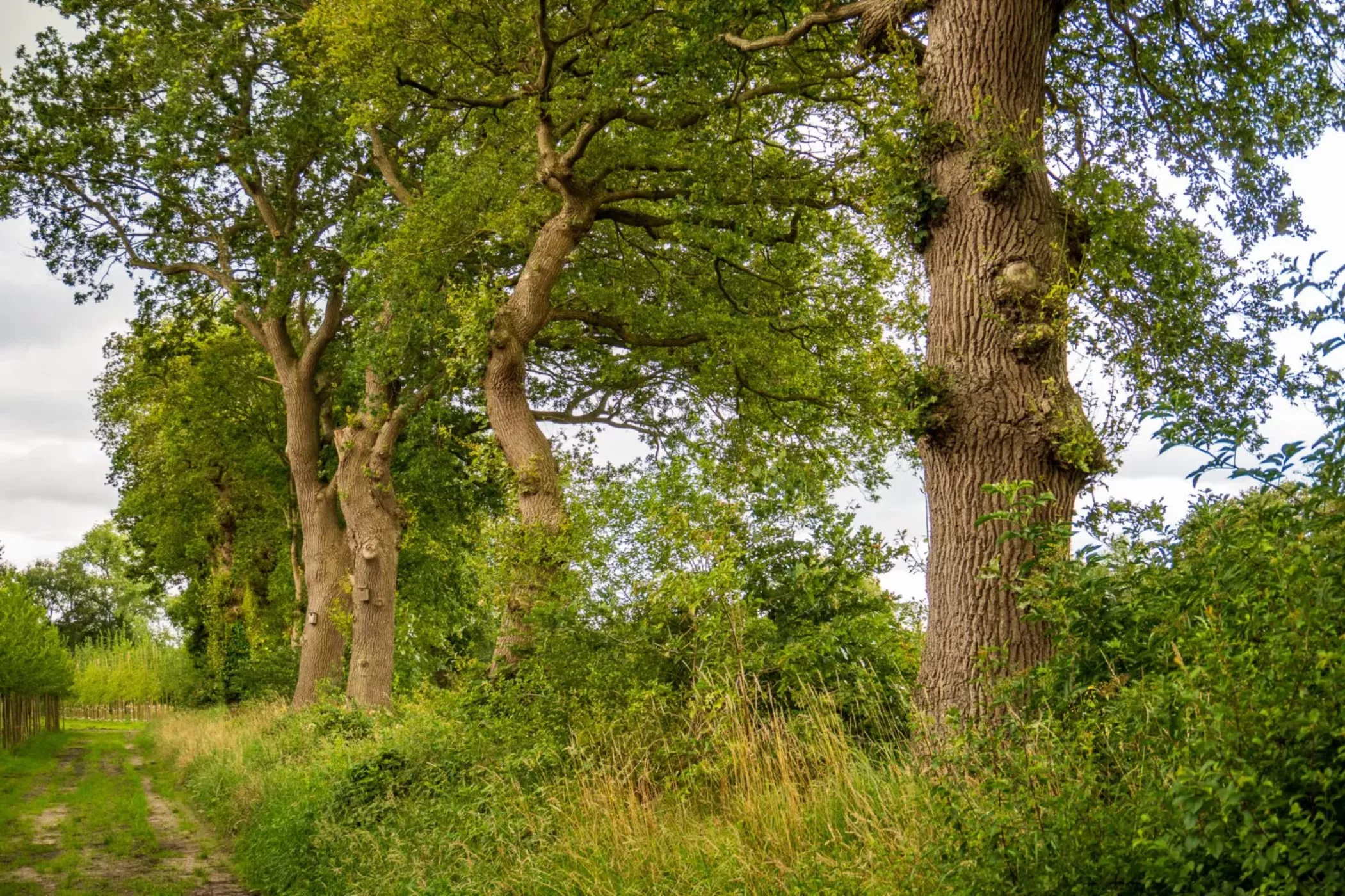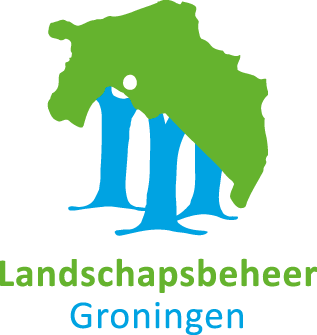Landscape elements in Gorecht
In Groningen, we are working to restore and expand landscape elements. Together with Landschapsbeheer Groningen, we are planting more than 9,000 trees and shrubs in the countryside.

In Groningen, we are working to restore and expand landscape elements. Together with Landschapsbeheer Groningen, we are planting more than 9,000 trees and shrubs in the countryside.
trees and shrubs
planting period
Landscape elements such as windbreaks, wooded banks and hedges are a natural part of the Groningen landscape. They used to be used to keep cattle in the pasture. However, with the advent of barbed wire, many landscape elements have disappeared, and with them the identity and uniqueness of the landscape.
With this project we bring part of that identity and history back to life. Moreover, landscape elements have a positive influence on biodiversity. They are an attractive habitat for all kinds of animals, such as birds and insects. They find their food or a hiding place in the landscape elements.
The addition of landscape elements also creates more connections between nature areas. This makes it easier for animals to move around and expands their habitat. Moreover, all that greenery contributes to a healthy and pleasant living environment for all of us!
During the winter of 2023-2024, the first 3,017 shrubs and two trees were planted. These trees and shrubs were planted on the land of nine different private farmers and landowners in the Gorecht region, south of Groningen.
Landscape management Groningen wants to restore and plant four kilometers of landscape elements in the period 2023-2026.
Trees for All helped planting 6,354 trees and shrubs during the 2023-2025 planting season. These were planted on land belonging to private farmers and landowners. Landschapsbeheer Groningen is recruiting the participants. The foundation examines whether the land has a historical basis for planting landscape elements and whether the greenery is a valuable addition to existing plantings. This winter, we’ll plant another 3,500 trees and shrubs in Gorecht!
Windbreaks are broad strips of trees and shrubs. Their function, for example, is to separate meadows from fields.
Wooded banks are rows of trees and shrubs. Unlike woodbelts, they are planted on an embankment (such as an accumulation of sand).
Hedges are line-shaped separations with trees and shrubs planted close together. A hedge is tightly trimmed or braided and is maintained annually. A hedge is taller and wider and is maintained only once every six years. As a result, hedges look a bit more rugged.
From left to right: 1) windbreaks, 2) restoration of a wooded bank, 3) hedge landscape by Marcel Post
The project participants receive a customized planting plan, They plant the trees and shrubs themselves. Trees for All and Landschapsbeheer Groningen provide advice. We also stay involved for at least ten years to monitor the planting.
The participants plant native trees and shrubs that suit the location. Examples include oak, beech, alder, hazel, hawthorn, field maple, birch, cardinal’s hat and rowan.
The trees will be planted on the property of private landowners and farmers in the Gorecht region, south of Groningen.
Within this project we are collaborating with Landschapsbeheer Groningen. This foundation has been working since 1982 to restore, preserve and develop the cultural landscape in the province of Groningen. Landschapsbeheer Groningen has years of experience with the planting and management of landscape elements. We are also working within this project with private landowners and farmers who make their land available for planting. In this way, we are truly working together for a greener Netherlands!
